Whether you're producing a high-budget film, a commercial, a documentary, or a corporate video, understanding the intricacies of professional filming is crucial. This comprehensive guide covers everything from pre-production planning and essential equipment to hiring the right crew and post-production workflows.
1. Pre-Production: Laying the Foundation for a Successful Shoot
Before the camera starts rolling, meticulous planning ensures a smooth production process.
Key Steps in Pre-Production:
✅ Scriptwriting & Storyboarding – Crafting a compelling script and visualizing scenes.
✅ Budgeting & Scheduling – Allocating resources efficiently to avoid delays.
✅ Location Scouting & Permits – Securing the perfect filming spots legally.
✅ Casting & Crew Hiring – Selecting actors and assembling a skilled production team.
✅ Equipment Rental & Tech Checks – Ensuring all gear is ready for the shoot.
Pro Tip: A well-planned shoot saves time, money, and stress during production.
2. Essential Filming Equipment for Professional Productions
The right tools make all the difference in achieving cinematic quality.
A. Cameras & Lenses
Cinema Cameras: ARRI Alexa, RED Komodo, Sony Venice, Blackmagic URSA
DSLR/Mirrorless: Canon C70, Sony FX6, Panasonic Lumix GH6
Lenses: Prime lenses (Zeiss, Cooke), Zoom lenses (Angenieux), Anamorphic lenses
B. Lighting Gear
HMI Lights – Powerful daylight-balanced lighting for large sets.
LED Panels (Aputure, Nanlite) – Energy-efficient and adjustable.
Tungsten Lights – Warm, traditional lighting for controlled environments.
C. Stabilization & Movement
Gimbals (DJI Ronin, Moza) – Smooth handheld shots.
Drones (DJI Inspire, Freefly Alta) – Aerial cinematography.
Jibs & Cranes – Dynamic high-angle shots.
D. Sound Equipment
Field Recorders (Zoom, Sound Devices)
Shotgun Mics (Sennheiser MKH-416)
Lavaliers (Sony UWP-D) – For clear dialogue.
3. Building the Perfect Film Crew
A professional crew ensures efficiency and creativity on set.
Core Team Members:
🎬 Director – Oversees creative vision.
📹 Director of Photography (DP) – Manages camera and lighting.
💡 Gaffer & Grip Team – Handles lighting and rigging.
🎤 Sound Engineer – Captures crisp audio.
🎨 Production Designer – Creates the visual style.
🔄 1st AD (Assistant Director) – Keeps the shoot on schedule.
4. On-Set Best Practices for a Smooth Shoot
Shot Lists & Call Sheets – Keep everyone aligned.
Monitor & Playback Checks – Ensure footage looks perfect.
Backup Footage Immediately – Avoid data loss.
Communication is Key – Use walkie-talkies or headsets for large crews.
5. Post-Production: Turning Raw Footage into a Masterpiece
Key Stages:
✂️ Editing (Adobe Premiere, DaVinci Resolve)
🎨 Color Grading – Enhancing visual tone.
🔊 Sound Design & Mixing – Adding depth with Foley and ADR.
🎞️ VFX & Motion Graphics (After Effects, Nuke)
6. Tips for International Filming Success
🌍 Research Local Laws – Permits, visas, and customs for gear.
💬 Hire Bilingual Crew – Smooth communication with local teams.
🔌 Check Power Standards – Voltage differences can affect equipment.
📅 Plan for Weather Delays – Always have backup schedules.
Professional filming requires planning, the right equipment, a skilled crew, and efficient post-production. Whether you're shooting a indie film or a global commercial, mastering these elements ensures a high-quality final product.
🚀 Need a professional crew or equipment for your next project? Contact us today for expert support!


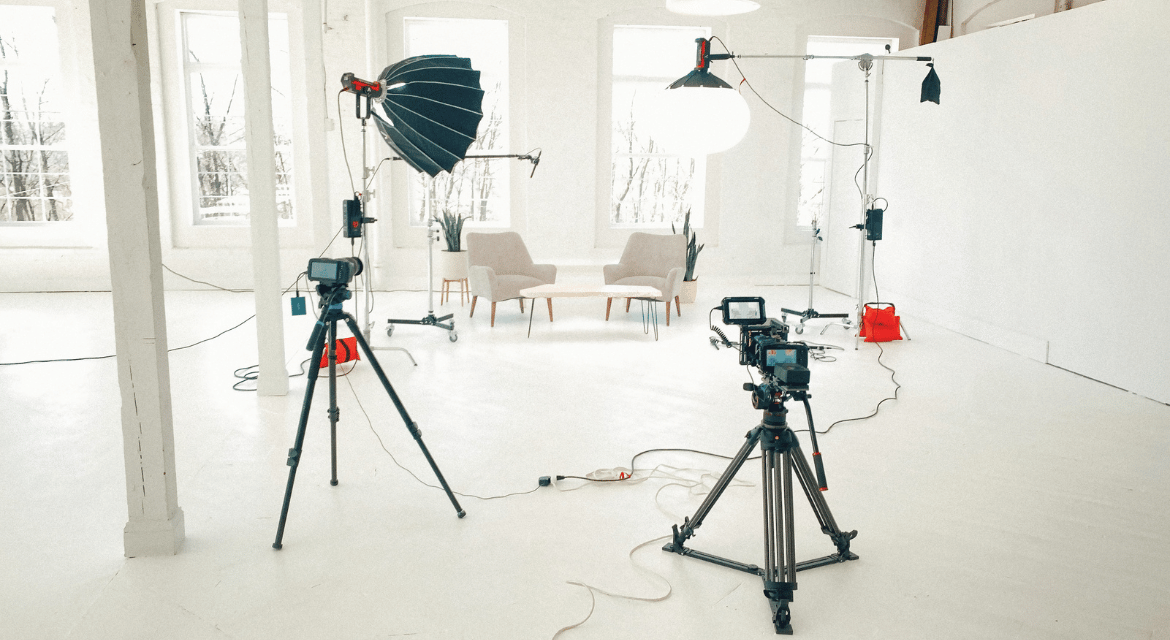
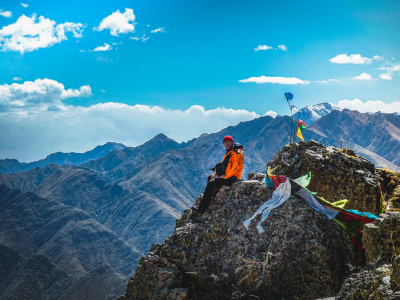
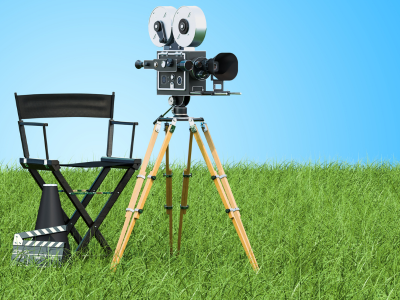
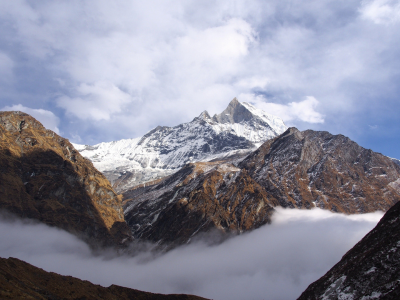
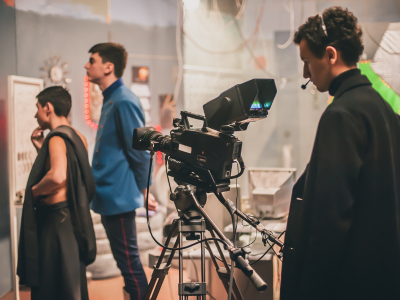
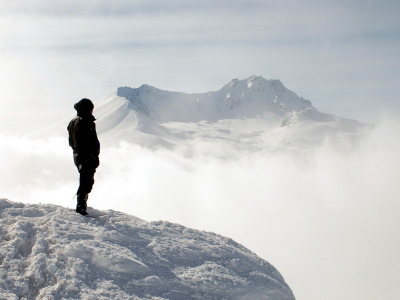
Latest Comments